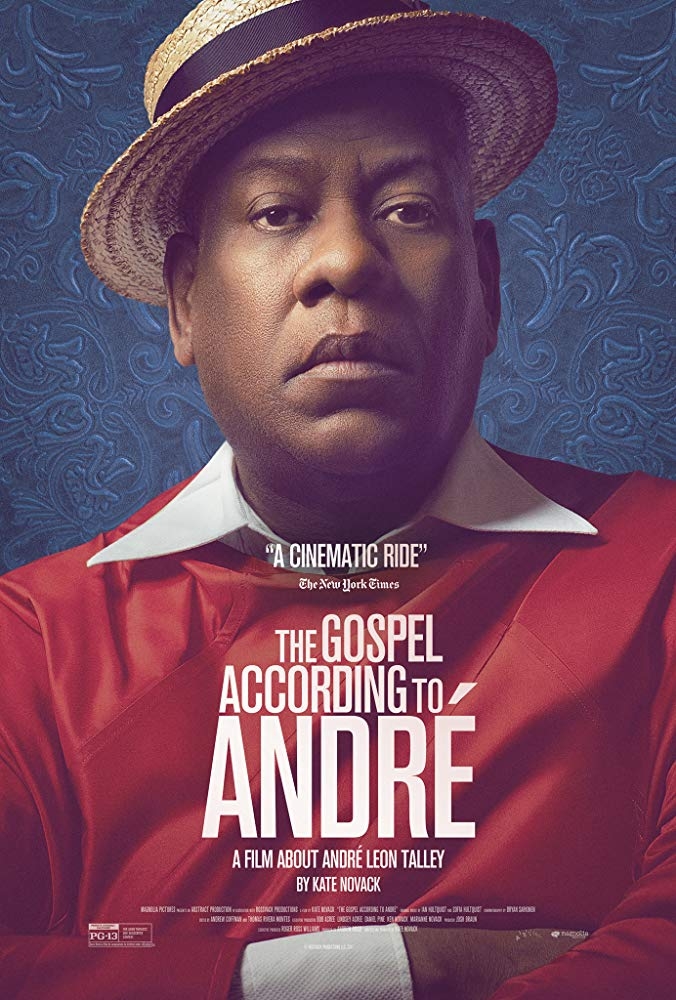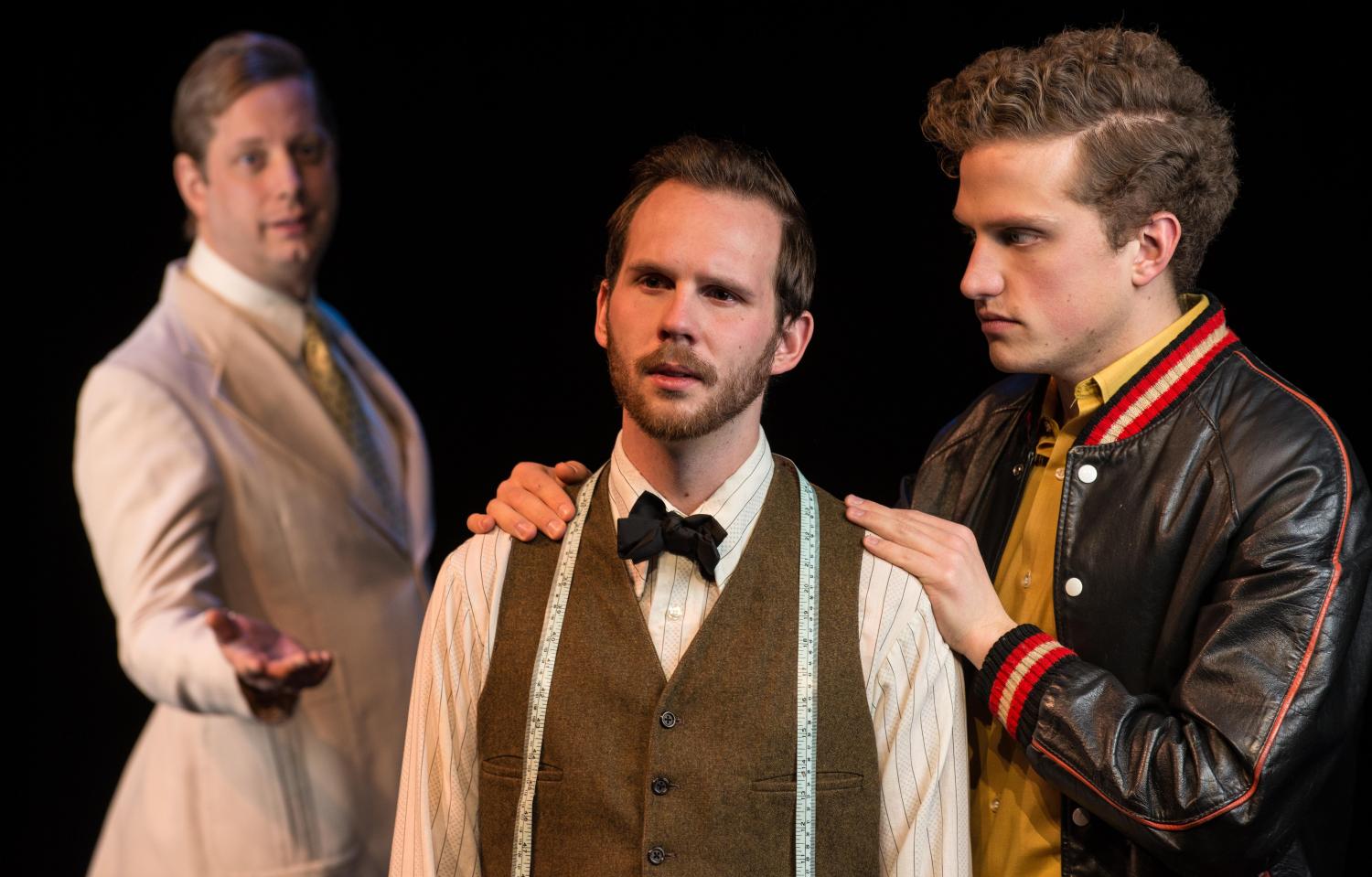
“The Right Path” on a winding road.
The Right Path: How Conservatives Can United, Inspire and Take Canada Forward
Author: Tasha Kheiriddin
Published by: Optimum Publishing International
ISNB – 13: 9780888903310
The Conservative Party of Canada’s third leadership race in six years will be decided on September 10th. The winner of what has been, at times, a very nasty and corrosive contest will have to quickly pivot and focus on getting Conservatives united from coast to coast to challenge and defeat the Liberal government of Prime Minister Justin Trudeau. The big question for the winner and all Conservatives is what the path to victory looks like and what is the right direction for the new Conservative leader to take to ensure they do not meet the fate of Andrew Scheer and Erin O’Toole.
Tasha Kheiriddin is a longtime Conservative. She served as the Progressive Conservatives Youth Federation president from 1994 to 1997, is a former staffer for Mulroney cabinet ministers Barbara McDougall and Bernard Valcourt, and worked for Charles Harnick, the attorney general of Ontario under the Harris government. Kheiriddin is a lawyer, columnist, high-profile commentator, and principal at Navigator Ltd. She is also a friend and ally of Jean Charest and the co-chair of his leadership campaign.
In her new book, The Right Path: How Conservatives Can Unite, Inspire and Take Canada Forward, Kheiriddin lays out the obstacles facing the Tories in 2022 and posits what the Conservative Party of Canada needs to do to remain unified after a cantankerous and at times nasty leadership race, and more importantly what it must do to win the next federal election.
The Right Path is a must-read, especially for Conservatives and others interested in politics if they want to understand what is driving the angst, division, and machinations in the Conservative Party. Her key message is that unless the Conservative Party can find a way to come together and work together, the party will remain in opposition or worse.
Kheiriddin takes readers through the common sense Conservatism of the Harper years, pointing out that Stephen Harper’s success was a combination of him not pandering to social conservatives and his focus on economic freedom, lower taxes, and small government. She summarizes Harper’s nine years in power as “a valiant and sustained attempt to recast the Canadian narrative in common sense conservative terms. His policies were intensely values drive, from law and order to economics to foreign policy. He sought to cement the influence of Western Canada in Canadian affairs, not only through political means but through economic means as well.”
Kheiriddin says, “Harper left no major legacy project, and much of his legislation was reversed by the subsequent Liberal government.” However, many Conservatives would argue that the Harper government's apology on residential schools and its acceptance of “Quebec as a nation within Canada” would be a credible rebuttal to that view. Despite this, Kheiriddin presents a solid case for Harper’s record and approach to government.
Kheiriddin does an excellent job explaining the rise of Justin Trudeau and his many contradictions and foibles. She rightly identifies the government's growth, massive bureaucracy expansion, and general government intrusion into people’s lives since Trudeau’s win in the 2015 election. She nails the hypocrisy of Trudeau’s woke agenda and his government's obsession with identity politics which has led to the rise of populism in Canada and a resurgence in support for the Conservative Party.
“Canada’s new populism is rooted in these divides of the worker class, economics, generations, and geography,” says Kheiriddin. She believes a battle is going on for the soul of the Conservative party between what she calls Convoy Conservatives (Populists) versus Club Conservatives (Red Tories and Centrists). Her main concern is that the voice and presence of the populist base in the Conservative Party have become so influential that there is no longer any room for centrists and that this could lead to the demise of the current Conservative Party of Canada. Kheiriddin says the 2022 Conservative leadership race is a proxy fight between Pierre Poilievre, who “attacks elites and pledges to fire gatekeepers,” and Jean Charest, who offers a “centre-right vision grounded in traditional conservative principles including fiscal responsibility and law and order.”
She adds, “Unless the factions can stop fighting, there is the very real risk of the Conservative Party breaking up again, with more centrist Tories leaving the fold to form a new organization, which would potentially guarantee the Liberals free rein, like the election of the Reform Party did in 1993,” says Kheiridden.
Kheiriddin believes that future success for the Conservative Party with the Canadian electorate can only happen with a “big-tent approach” where all Conservatives — both middle-of-the-road and populists — are in sync and working together to defeat the Liberals.
In short, she is saying to Conservatives, “‘Do You Want to Be Right . . . or do you want to win.” To her credit, that is a crucial question, but it assumes you can’t be right and win. It surmises that Canadians will not vote for a Conservative government that is not progressive socially or is perceived not to be socially progressive. Interestingly, Stephen Harper won not because he was progressive on social policy but because he was libertarian on those issues, which is a vastly different construct.
Generally, Conservatives prefer to stay out of people's lives and let them make their own choices. There is no question that a ‘government-centric’ public health approach of masks, vaccination, and temporary lockdowns of citizens by Quebec Premier Francois Legault, Ontario Premier Doug Ford, and other Canadian premiers during the initial Covid outbreak was a success. This is not something ‘Conservatives’ normally would agree to facilitate or get on board and support. We know the interventionist approach worked because over 1 million people have died of Covid in the USA, some 400,000 under the Trump administration. In Canada, 41,362 died. Covid has changed the world, but it has also changed politics too. After supporting Covid response measures in Canada, many Canadians, especially Conservatives, rightly became very agitated and angry about the Trudeau government ‘Covid overreach’ into people’s lives, whether through additional lockdowns, the ArriveCan app, or uneven public health measures.
Pierre Poilievre has tapped into this populist sentiment. His calls for ‘freedom’ from government intrusion in all aspects of people’s lives, after six years of a paternalistic Trudeau government, have resonated with Canadians across the country. Poilievre’s grassroots campaign is far more Ford Nation than Donald Trump, while Jean Charest’s campaign is more like a modern-day Canadian version of Ronald Reagan’s big tent, middle-of-the-road approach to conservatism. Charest’s approach appeals to Progressive Conservatives and disenfranchised Liberals who have abandoned the Trudeau government. However, it may not be enough to stop the Tsunami of new Conservative members -many of them younger voters between 25 and 39 who have joined the Conservative ranks from all social classes. Poilievre has attracted many of the same voters Doug Ford attracted in Ontario: blue-collar folks who used to vote Liberal or NDP but abandoned those parties in droves. It is evident the silver-spooned socialists now running the federal NDP party have lost touch with blue-collar workers, who are much more concerned about bread and butter issues like jobs, home affordability, the price of fuel, wages, an explosion in bureaucracy and red tape and high taxes and the seeming inability of civil servants to deliver public services in cost efficient and timely manner. Doug Ford has proven these voters are willing to support a conservative politician who is libertarian on social policy.
Interestingly and ironically, at one-point Kheiridden says, “this won't be the first time in Canadian history that such a divide has appeared in Conservative ranks. Canadian Conservatism has flirted with populism before. It has danced with “funny money” theories; it has fed off Western alienation; it has channeled rage against elites. And in 2018, even before the pandemic, one man saw this divide coming again and thought that the populist wave might be good for the Conservatives. His name was Stephen Harper." She points out that Harper worked collaboratively with centrist Tories after uniting the party with Peter McKay.
The Conservative Party of Canada's final membership total of those eligible to cast a vote in the leadership race on September 10th is 678,708 people. Party membership has quadrupled since last year, making the Conservatives the largest party in Canadian history by memberships. (The Liberal Party of Canada, for its part, said it had 300,000 members at the time of its last leadership election in 2013). By any standard, that is an incredible feat of democracy in action. Former Prime Minister Brian Mulroney was the greatest and most successful strategist and ‘centrist’ or Progressive Conservative in Canadian history. Mulroney was adept at politics and recognized that the centre shifts, as it did when he was a tour de force in Canadian politics. Mulroney once famously said, “Ya gotta dance with the one that brung ya!" Conservatives might want to reflect on that advice and support whoever wins the leadership.
Regardless of who Conservatives choose as their next leader, Tasha Kheiriddin is right about one thing, it is in every Conservative Party member's interest, whether in the centre or centre right, to find a way to get along and work together if they want to be on the right path for Canada.








